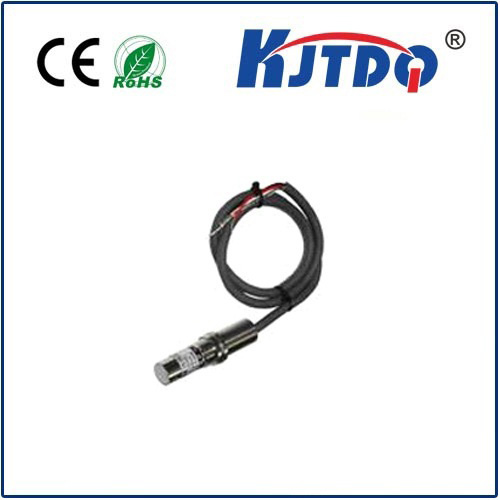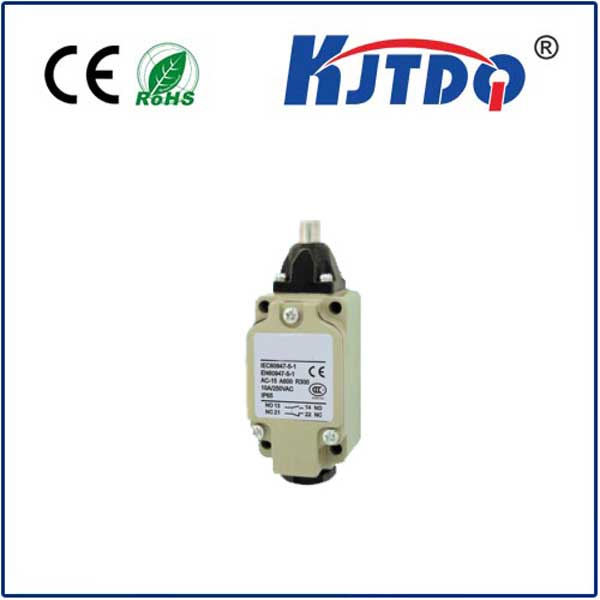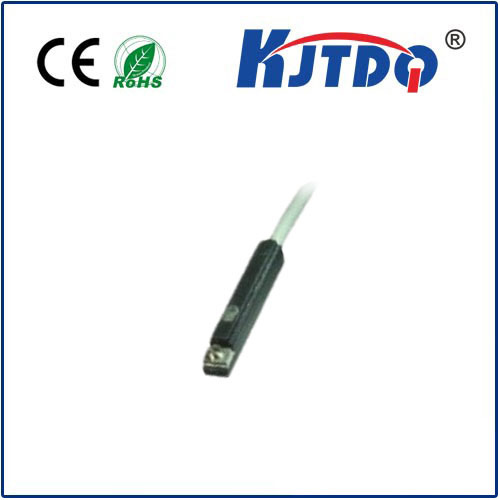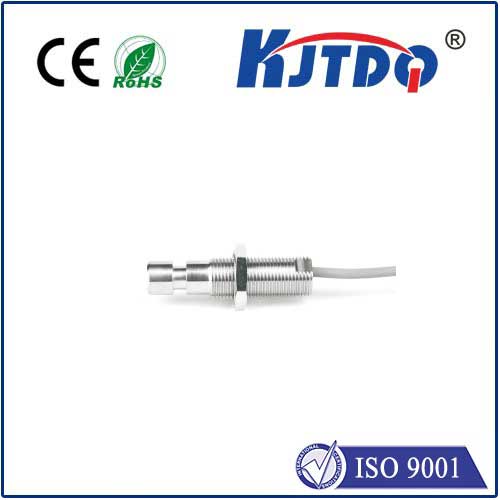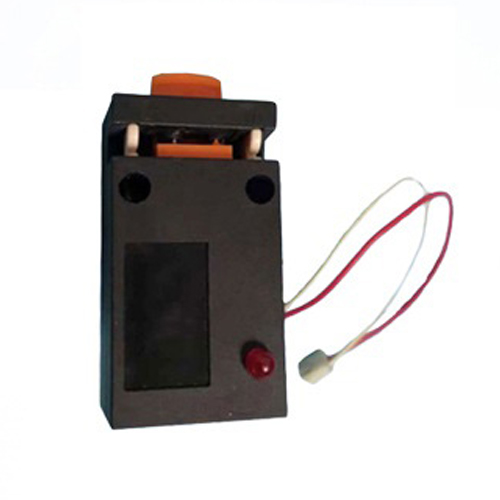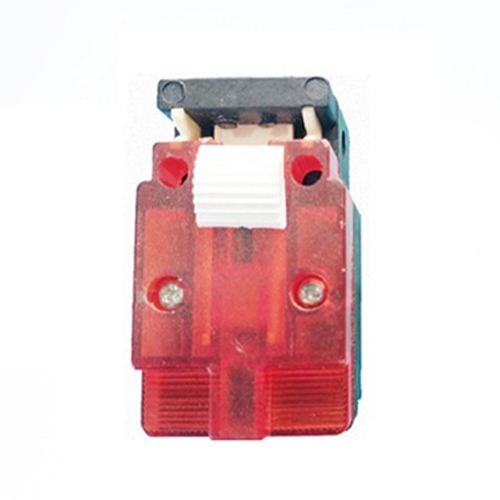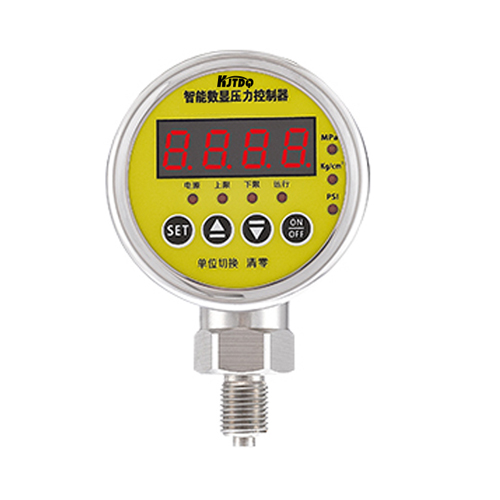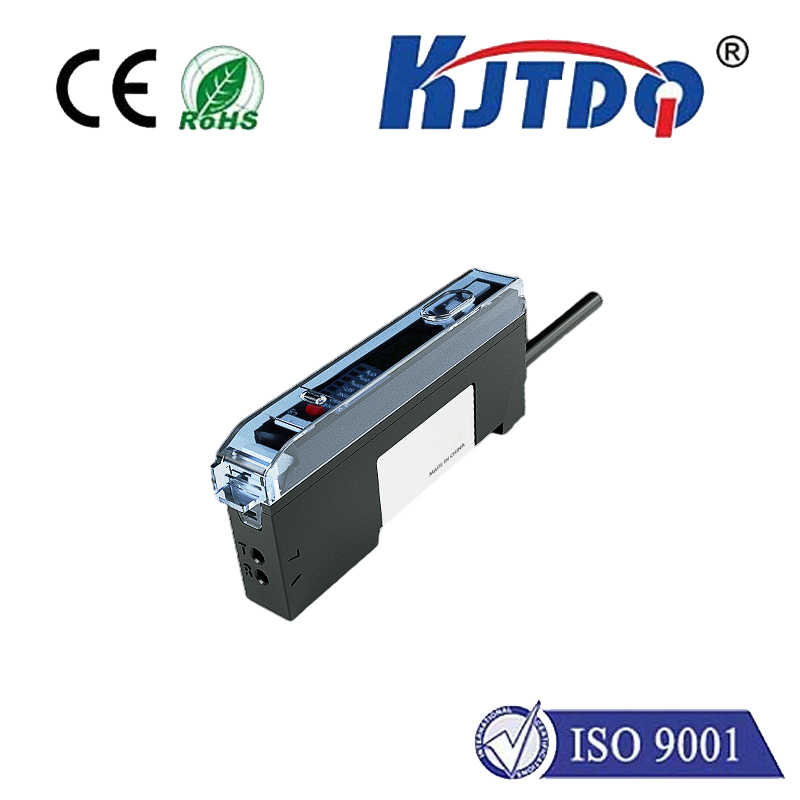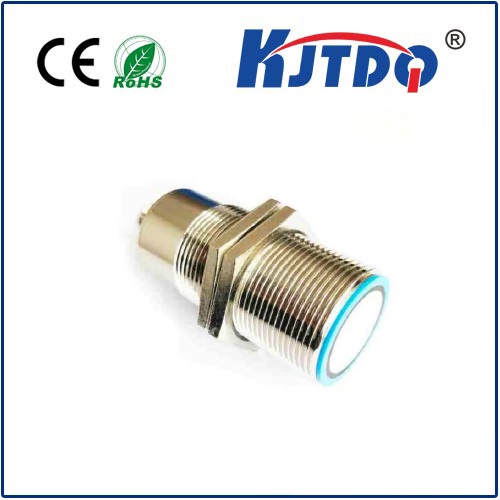compact proximity sensor
- time:2025-07-10 00:21:06
- Click:0
Compact Proximity Sensors: The Invisible Guardians of Modern Automation
Imagine your smartphone screen turning off seamlessly when held to your ear, a robot arm halting millimeters before colliding with a worker, or a high-speed production line flawlessly detecting minuscule components – all occurring silently, instantly, and without physical touch. This ubiquitous yet often unseen magic is frequently powered by compact proximity sensors. These diminutive marvels are fundamental enablers across countless industries, providing essential object detection and presence sensing in spaces where size and reliability are paramount. Their journey from niche components to unsung heroes of modern technology is a testament to relentless miniaturization and innovation.
Defining the Compact Powerhouse
At their core, proximity sensors detect the presence or absence of an object within a specified range without physical contact. The “compact” qualifier signifies a critical evolution: these sensors have undergone significant miniaturization. They boast drastically reduced physical footprints – often measured in mere millimeters – and lighter weights compared to traditional variants. This shrinkage isn’t just about size; it represents advancements in design, materials science, and manufacturing precision, enabling integration into increasingly smaller and more complex devices and machinery. Surface-mount technology (SMT) compatibility is a common hallmark, allowing automated placement directly onto circuit boards.
How Do These Tiny Detectives Work?
Despite their small size, compact proximity sensors utilize sophisticated physics principles. The most common types are:

- Inductive Proximity Sensors: These excel at detecting metallic objects. They generate an oscillating electromagnetic field. When a metallic target enters this field, it induces “eddy currents” within the metal, causing a measurable change in the sensor’s oscillation (amplitude or frequency), triggering a detection signal. Renowned for their robustness, immunity to dirt and dust, and suitability for harsh industrial environments, inductive sensors are a cornerstone of factory automation. Shielded versions offer flush mounting capabilities, crucial in tight spaces.
- Capacitive Proximity Sensors: These detect a wider range of materials, including metals, plastics, liquids, powders, and even biological tissue. They work by creating an electrostatic field. Any object entering this field alters its capacitance. The sensor detects this change, regardless of the target’s conductivity (though conductive materials elicit a stronger response). This versatility makes them ideal for applications like liquid level detection through tank walls, material handling of non-metals, and touch-sensitive interfaces.
Less common but relevant compact variants include magnetic proximity sensors (detecting permanent magnets, often used for position sensing) and photoelectric sensors (using light beams, where compact models focus on very short-range diffuse reflection or proximity modes).
Where Small Size Makes a Big Impact: Key Applications
The shrinking dimensions of these sensors unlock possibilities previously unimaginable:
- Consumer Electronics: This is perhaps the most visible domain. Compact proximity sensors are ubiquitous in smartphones and tablets, turning displays off during calls to save power and prevent accidental touches. They enable features like automatic wake-up when lifting the phone to your ear.
- Automotive Industry: Modern vehicles are packed with them. They enable keyless entry systems, detect seat occupancy for airbag control, monitor anti-pinch functions in windows and sunroofs, assist in parking systems, and enable hands-free trunk opening. Their compact nature is vital for integration within tight door panels, seats, and dashboards.
- Industrial Automation & Robotics: This is their traditional stronghold, amplified by miniaturization. Compact sensors are indispensable for precise object detection on high-speed assembly lines (confirming part presence, orientation, or count), end-of-arm tooling in robots, monitoring material levels in bins or hoppers without contact, verifying door closures on machinery, and providing safety interlocks to protect personnel.
- Medical Devices: Reliability and compactness are critical here. Proximity sensors ensure correct component positioning (e.g., in infusion pumps or analyzers), detect drawer closures, enable touchless controls for hygiene, and can monitor fluid levels in containers.
- Smart Appliances & IoT: From automatic faucets and soap dispensers to smart locks and appliance lids, compact proximity sensors provide intuitive, touch-free interaction and enhance functionality and safety in homes and buildings.
The Compelling Advantages Driving Adoption
Why choose compact, and why are they so pervasive?
- Space Savings: The obvious benefit. They fit into incredibly confined spaces where traditional sensors simply cannot, enabling sleeker product designs and denser machine packaging.
- Non-Contact Operation: Eliminates wear and tear on both the sensor and the target object, ensuring long operational life and minimal maintenance. This is crucial for delicate components or high-cycle applications.
- High Reliability & Speed: Solid-state designs (no moving parts) and robust operating principles ensure consistent performance over millions of cycles. They offer very fast response times, essential for high-speed automation.
- Material Versatility (Capacitive): The ability of capacitive types to detect nearly any material significantly broadens application potential compared to purely inductive or optical solutions.
- Environmental Resilience: Particularly inductive types are highly resistant to dirt, dust, oils, vibrations, and moisture, making them ideal for harsh industrial settings. Many offer high IP ratings.
- Low Power Operation: Many compact sensors, especially optimized for battery-powered devices (like smartphones), consume minimal power, contributing to extended battery life.
- Cost-Effectiveness: Mass production and technological advancements have made high-quality compact sensors remarkably affordable.
Selecting the Right Compact Proximity Sensor
Choosing the optimal sensor involves careful consideration:
- Target Material: Metal? Inductive is usually best. Plastic, liquid, wood, etc.? Capacitive is the go-to. Permanent magnet? Consider magnetic.
- Required Sensing Distance: How far away does the object need to be detected? Sensor specs clearly define nominal sensing ranges.
- Size Constraints: Precisely measure the available space. Consider sensor dimensions and the necessary clearance around it for the field.
- Environmental Factors: Will it face splashing water, oils, dust, extreme temperatures, or EMI? Choose sensors with appropriate IP ratings, temperature ranges, and EMI immunity.
- Output Type: Common outputs include NPN/PNP transistors (3-wire), analog (current or voltage proportional to distance), or digital IO-Link for enhanced diagnostics and configuration.
- Mounting Requirements: Surface-mounted (SMD), threaded barrel (M3, M5, M8, M12, or M18 are common compact sizes), or block-style? Shielded (flush mountable) or unshielded (needs side clearance)?
The Future is Small and Smart
The trajectory for compact proximity sensors points towards even greater integration, intelligence, and capability. We can expect to see:
- Further Miniaturization: Sensors shrinking to microscopic scales for next-gen wearables and medical implants.
- Enhanced Intelligence: Integration of basic logic or diagnostics within the sensor housing itself (smart sensors), simplifying system design via IO-Link communication.
- Multi-Technology Fusion: Combining inductive, capacitive, or even optical elements in a single compact package for broader material and range coverage.
- Improved Precision & Range: Ongoing advancements in electronics and materials enabling more accurate distance measurement and slightly longer ranges within the compact form factor.
- Energy Harvesting Capabilities: Developing sensors that require minimal or even zero external power by harvesting energy from their environment.
These unassuming components, often overlooked due to their size, are truly the silent sentinels of our automated world. Compact proximity sensors bridge the gap between the physical and digital realms, enabling smarter, safer, and more efficient systems across the spectrum of human activity. Their relentless evolution ensures they will remain indispensable as technology continues its march towards greater interconnectedness and intelligence.












